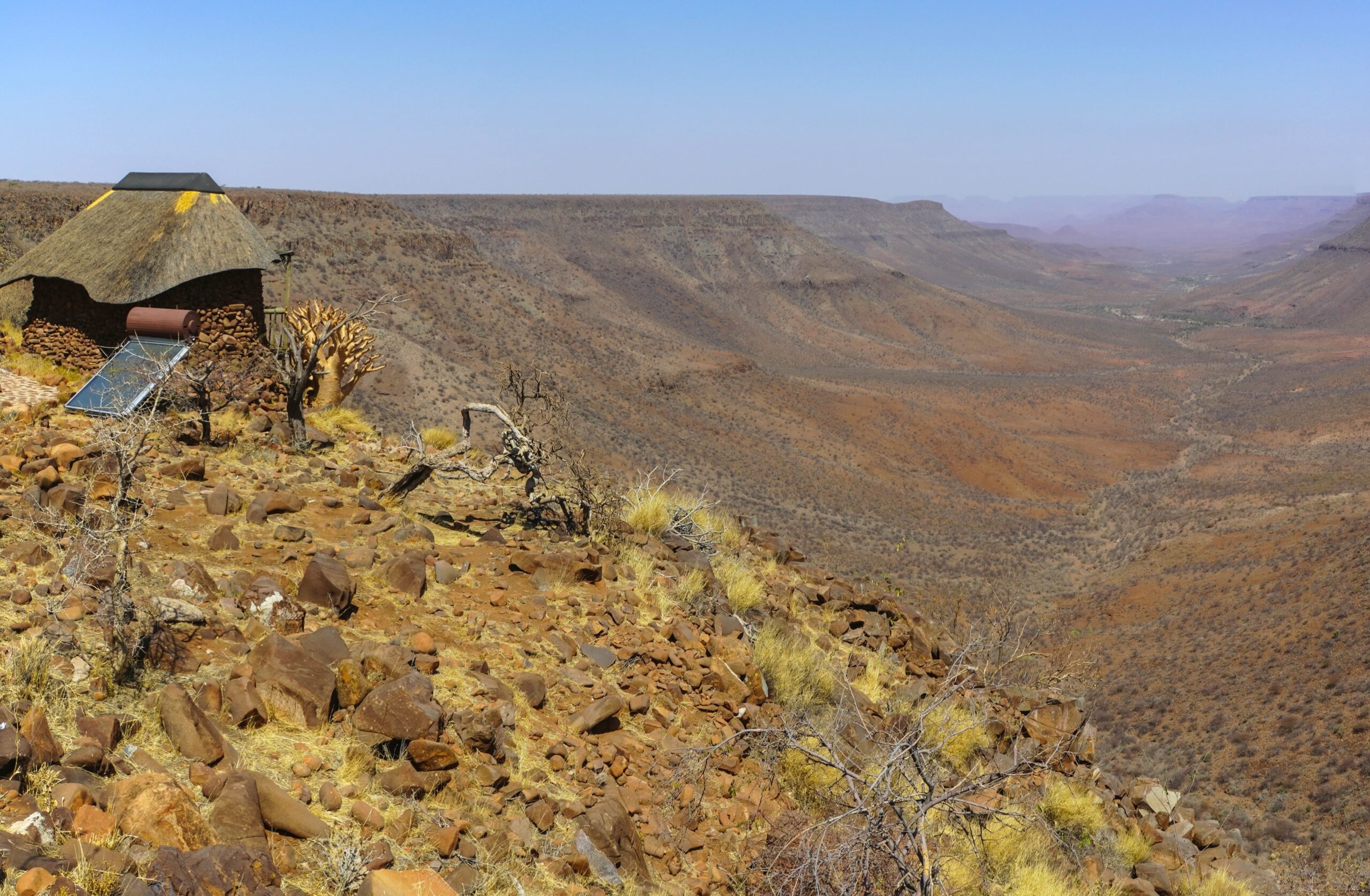Unlocking the Potential of Nature-Based Tourism: A Pathway to Conservation and Economic Resilience
Leveraging the PFP Model for Lasting Impact

Nature-based tourism is more than just a revenue stream – it is a strategic tool that, when designed effectively and led by local communities, incentivizes conservation, enhances livelihoods, and sustains local economies. Historically, its financial contributions have been measured through park entry fees, concessions, and tourism-based revenue. However, when strategically planned to benefit both conservation and communities, its impact extends far beyond these mechanisms. Thoughtfully designed, it has the potential to be truly transformative.
For nature-based tourism to deliver lasting benefits, certain enabling conditions must be in place. Examples include protection of the natural assets, government support, good governance, supportive policies, infrastructure, access to investment capital, effective marketing, and local capacity to manage and maintain tourism operations.
Success also depends on collaboration among key stewards – including communities, governments, and local partners – alongside respecting cultural heritage, transparent fund management, equitable revenue distribution, and diversified financial streams.


Grootberg Community Lodge located on the Entendeka Plateau – with a view of the Klip River Valley, Namibia, owned by the Khoadi //Hoas Conservancy
A structured approach to achieving this type of long-term sustainability is the Project Finance for Permanence (PFP) model. This model secures lasting financing for conservation and community benefits by aligning funding with a shared vision, an agreed-upon framework, and innovative financial mechanisms.
To establish enabling conditions and deliver strategic tourism interventions, up front capital, sustainable financing expertise and time is required, the PFP can provide all three.
By leveraging resources, PFPs can fund critical conservation projects, establish stable and diversified revenue streams, and position regions as global leaders in conservation-driven sustainable tourism.
For example, a PFP can strengthen enabling conditions and secure sustainable funding by increasing gate fees, introducing concession fees, facilitating access to capital, offering tax deferrals for new lodges, and supporting joint venture lodges. Beyond direct investment, a PFP can act as a catalyst, attracting funding from the tourism sector, private investors, and international financial institutions.
Additionally, providing investment capital at below-market rates can create significant opportunities for private sector investment, where cooperative marketing efforts can enhance both destination and product promotion.
By integrating strategic financial planning with long-term conservation goals, PFPs ensure that nature-based tourism remains a vital tool for both environmental protection and economic resilience.
